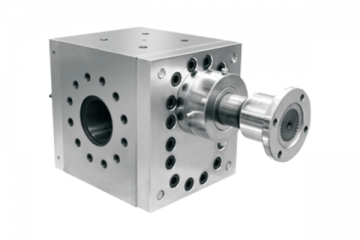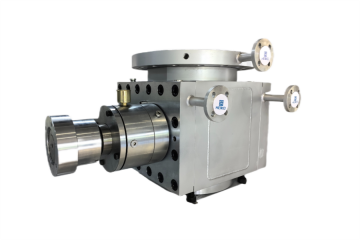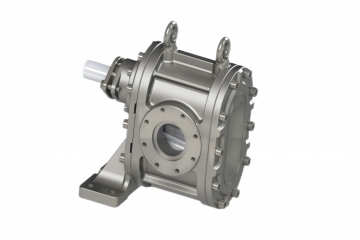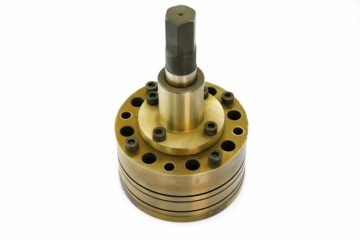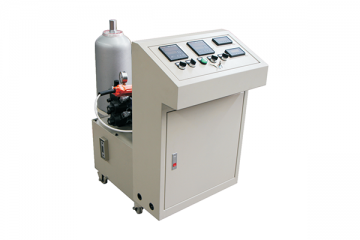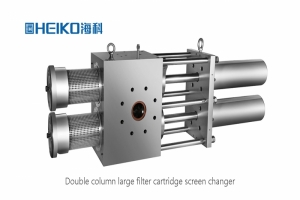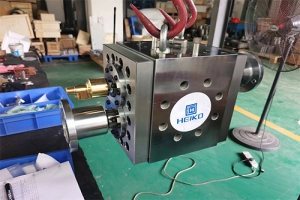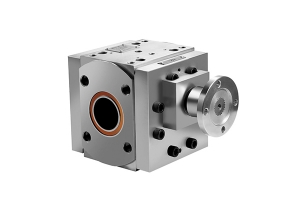Plastic pelletizing double column screen changer has a wide range of applications, its core advantage lies in the non-stop screen change, continuous production, high efficiency filtration, suitable for production continuity, product quality and stability of plastics processing scenarios require a high degree of stability. The following is the specific application scope and analysis:
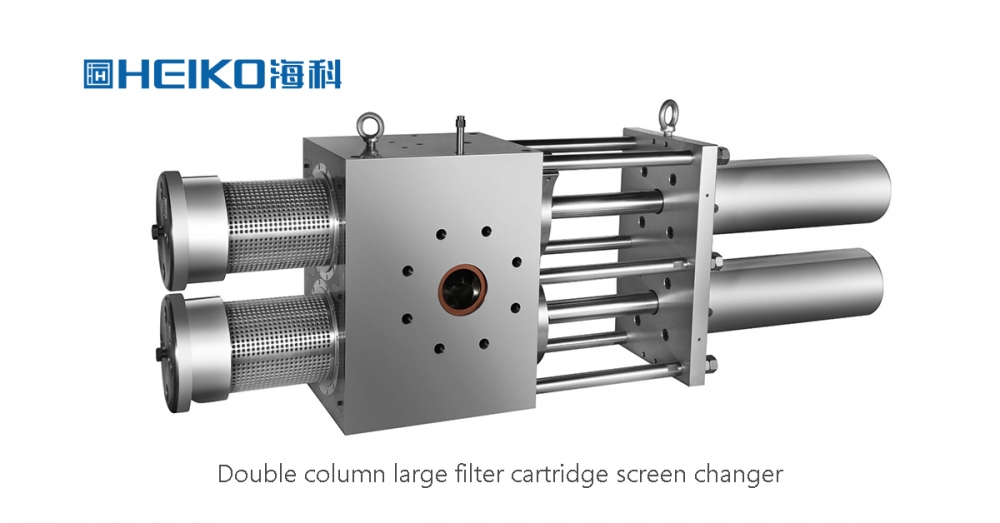
I. Core Application Areas
1. Plastic Granulation
New and Recycled Material Granulation: Applicable to PA, PC, ABS and other engineering plastics (need to be resistant to high temperature and high pressure design), and general-purpose plastics such as PE, PP, PVC and other granulation process.
Recycling of recycled plastics: through strong interception of impurities in recycled materials (e.g. metal, paper, dust), it improves the purity of recycled materials and reduces defects such as crystal spots and black spots.
Co-mingling modification: In the co-mingling process such as underwater pelletizing, water ring pelletizing, and pull-strip pelletizing, it ensures the homogeneity of the melt, and avoids broken strips or degradation of product performance caused by impurities.
2. Extrusion molding
Pipe/profile extrusion: such as PVC pipe, PE gas pipe, PPR pipe, etc. Double column alternating screen change design to avoid downtime, to protect the pressure stability during extrusion of thick-walled products, to reduce the fluctuation of wall thickness.
Plate/sheet production: such as BOPP, CPP, PET sheet, effectively intercepting tiny impurities, reducing crystal points and black spots, improving optical properties and surface quality.
Cast film and blown film: In the process of cast film and blown film, efficient filtration ensures the transparency and tensile strength of the film and avoids film breakage or fish-eye caused by impurities.
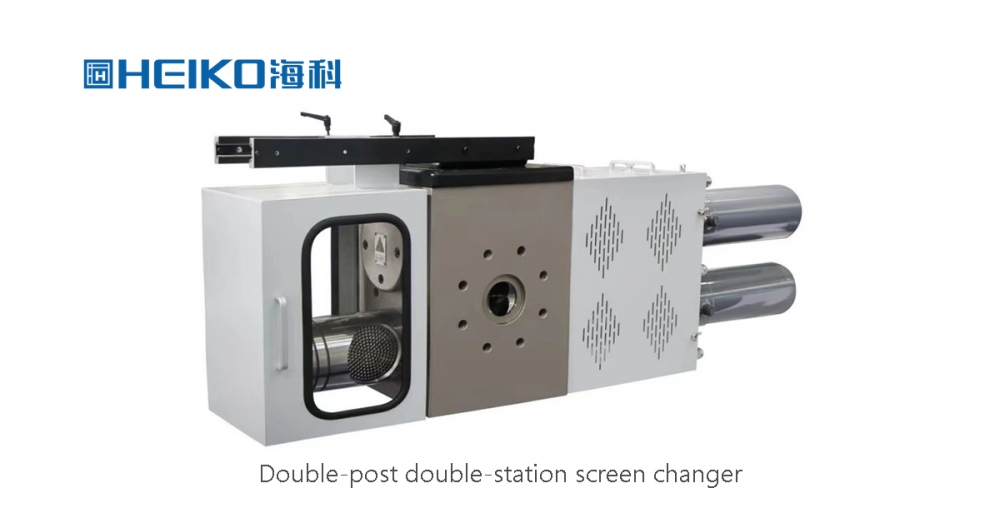
3. Fiber & Chemical Fiber Spinning
For chemical fiber spinning and nonwoven production, filtration of gel and unmelted matter in the melt, safeguarding the elasticity and surface finish of fibers, and reducing the phenomenon of broken filaments.
4. Specialty Materials Processing
Biodegradable plastics: such as PLA, PBAT, to prevent degradation of hydrolysis-sensitive materials due to downtime for screen change, and to ensure stable material properties.
High-viscosity materials: such as hot melt adhesives, cable materials, optimize the flow channel design to reduce melt retention, to avoid thermal oxidation degradation, to enhance product uniformity.
Typical application scenarios
Large-scale continuous production line
Suitable for 24-hour uninterrupted production scenarios, such as automotive parts (bumpers, interior parts), building materials (door and window profiles, tubes) and other large-volume order production.
Large screen area design reduces pressure fluctuations and matches the high extrusion volume requirements of high power extruders (e.g. 300kg/h or more).
Products with high precision requirements
Optical films: e.g. optical films for liquid crystal displays, which require strict filtering of impurities to avoid light scattering or defects.
Li-ion battery diaphragm: Ensure the porosity and uniformity of the diaphragm through efficient filtration to enhance battery safety.
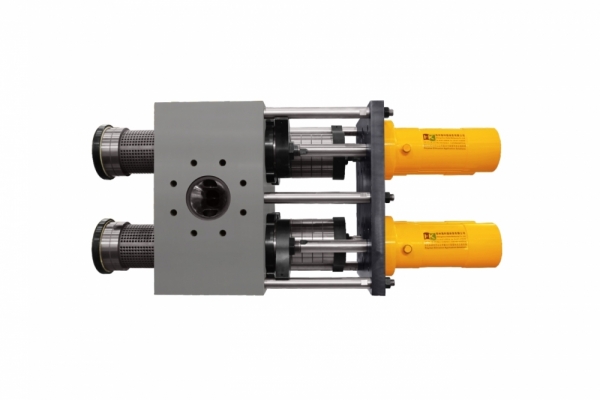
Production in harsh working conditions
Highly corrosive environments: optional high corrosion-resistant material solutions for chemical pipelines, anti-corrosion plates and other scenarios.
High-temperature and high-pressure working conditions: such as engineering plastics granulation, high-temperature and high-pressure resistant design is required to prevent melt degradation.






